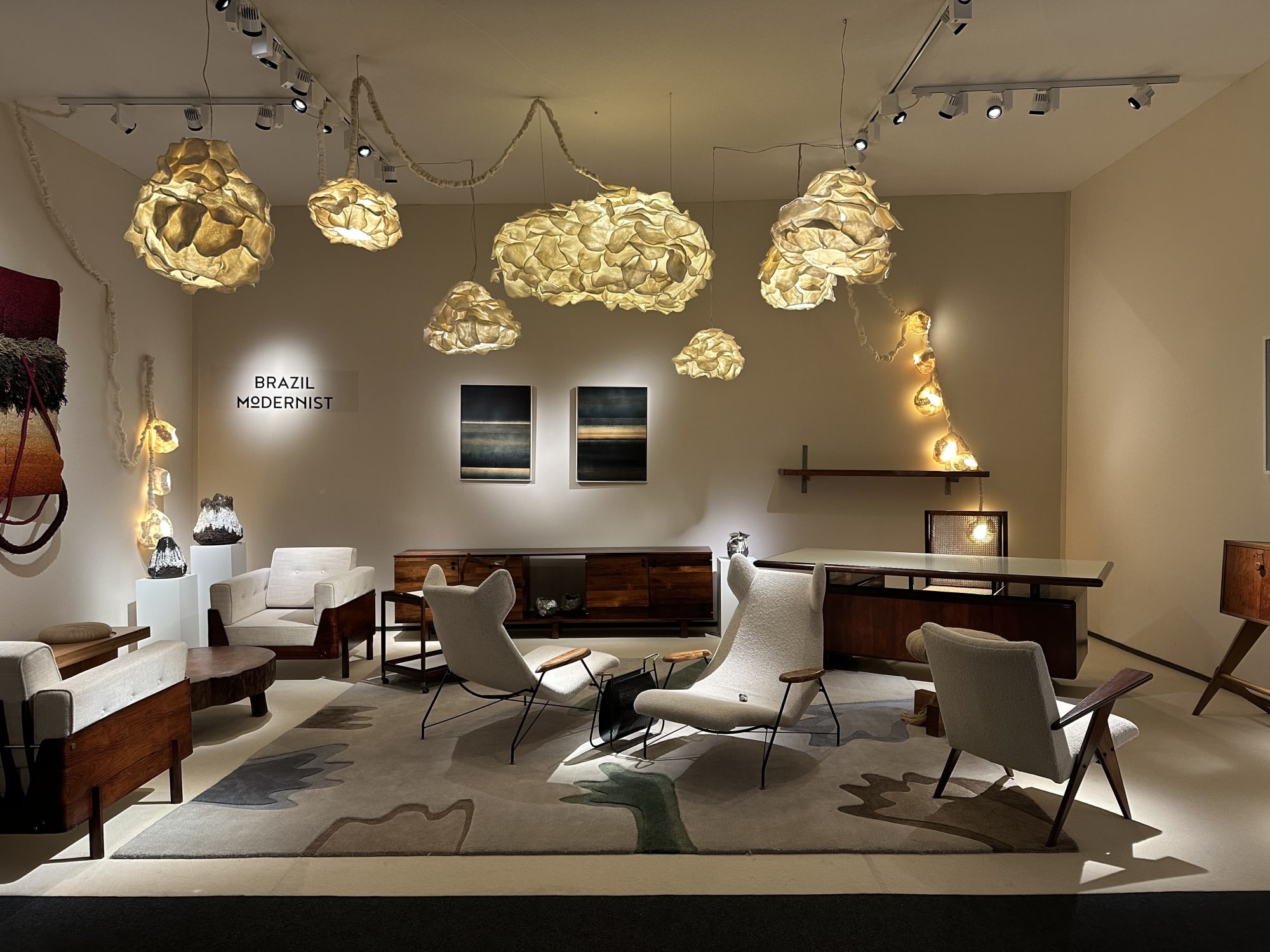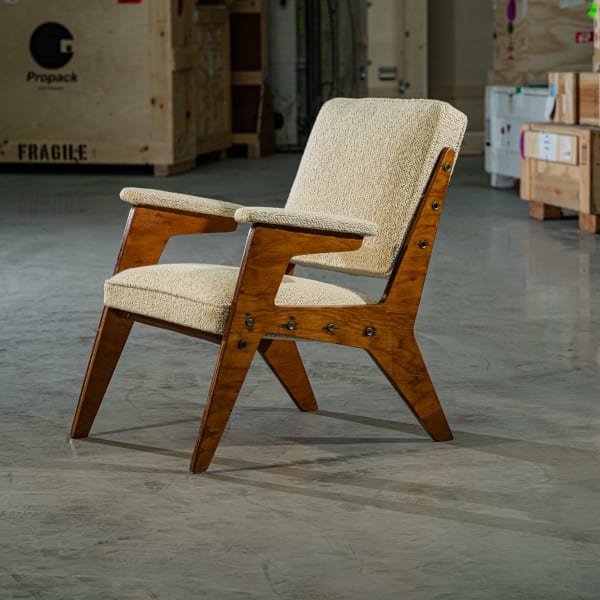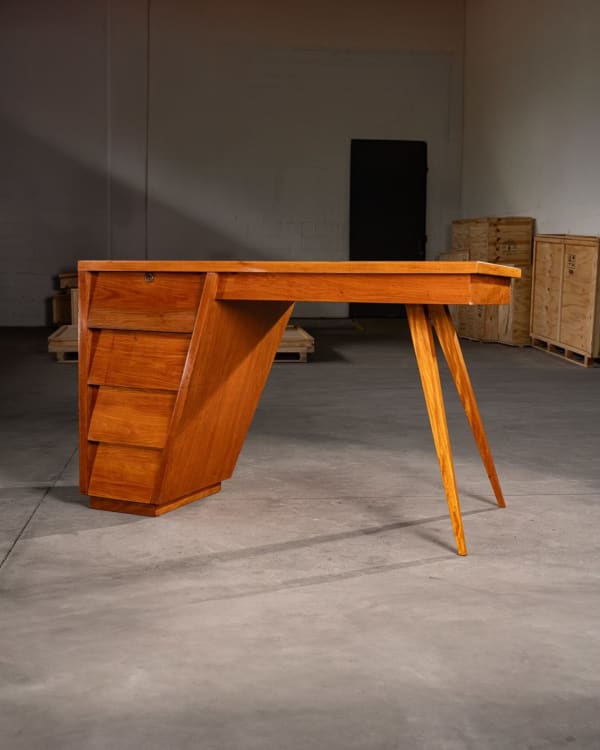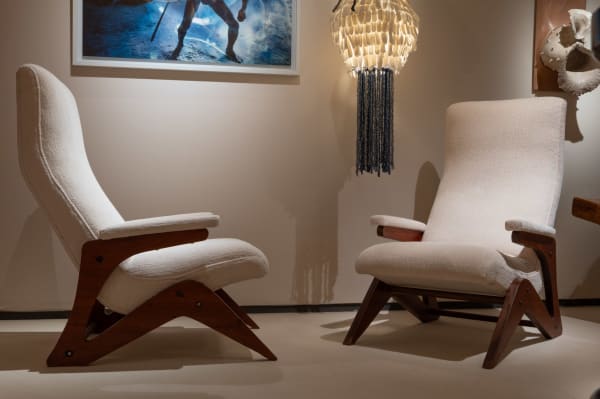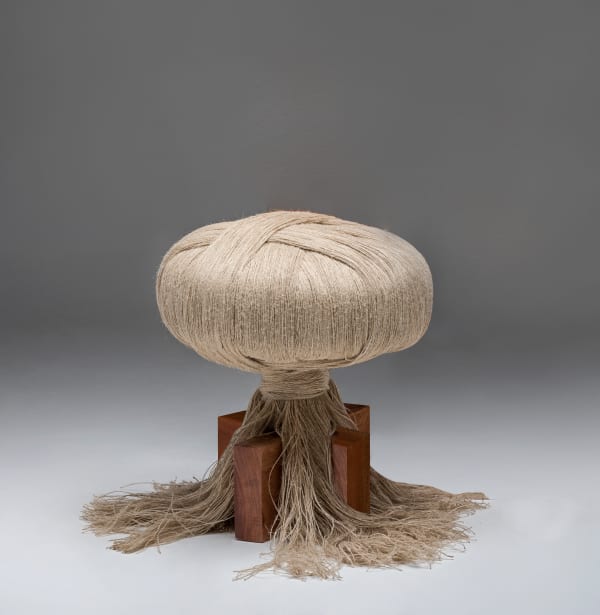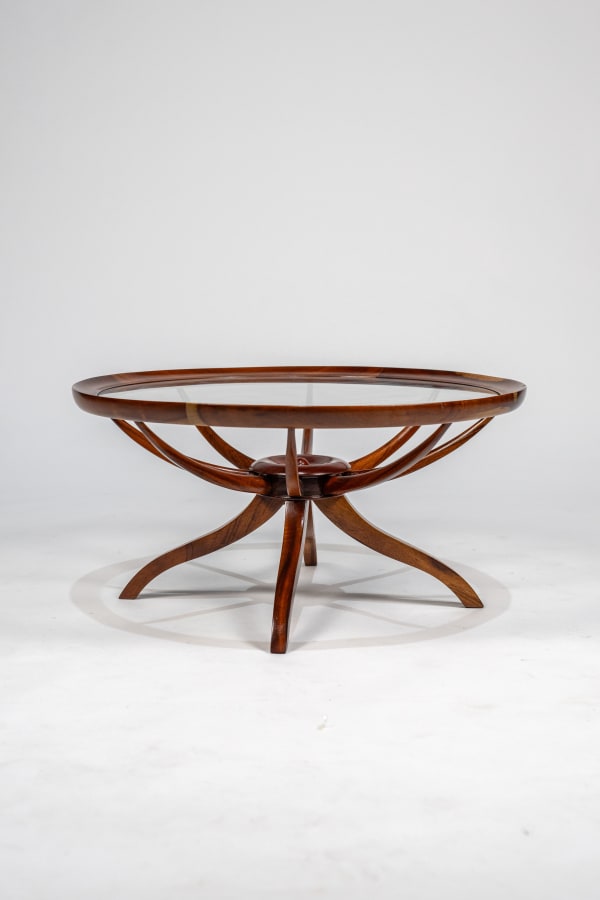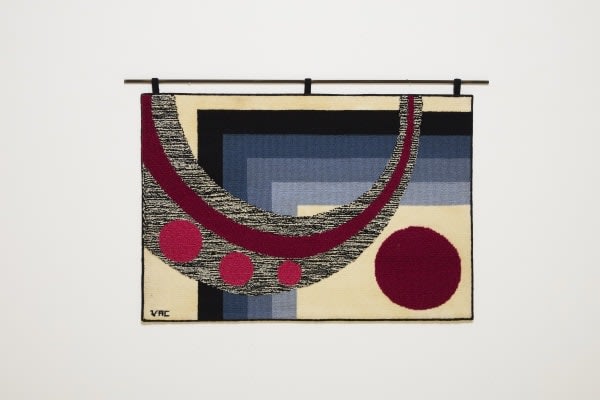BRAZIL MODERNIST - CONCEPT:
Brazil Modernist / Pereira & Matis is a gallery specializing in collectible Brazilian design. Through a meticulous selection process, we highlight both historical and contemporary pieces, distinguished by their unique aesthetic and exceptional craftsmanship.
Each piece is carefully chosen during regular trips to Brazil, in search of iconic modernist works and innovative expressions of design. We embrace a curatorial approach where the dialogue between heritage and contemporary creation shapes our selection.
The gallery caters to collectors (private and professional), architects, decorators, and institutions seeking rare and significant pieces. Committed to research and promotion, we work to reveal the depth and richness of Brazilian design by showcasing established designers and emerging talents whose work continues a strong artistic legacy.
Recognized on the international scene, Brazil Modernist participates in major fairs dedicated to design and decorative arts, such as PAD Paris and PAD London. These events allow us to present our selection to a discerning audience and contribute to the global recognition of Brazilian design.
Thanks to our network, we also offer a sourcing service to meet specific project needs and assist our clients in acquiring rare pieces. We ensure worldwide delivery.

